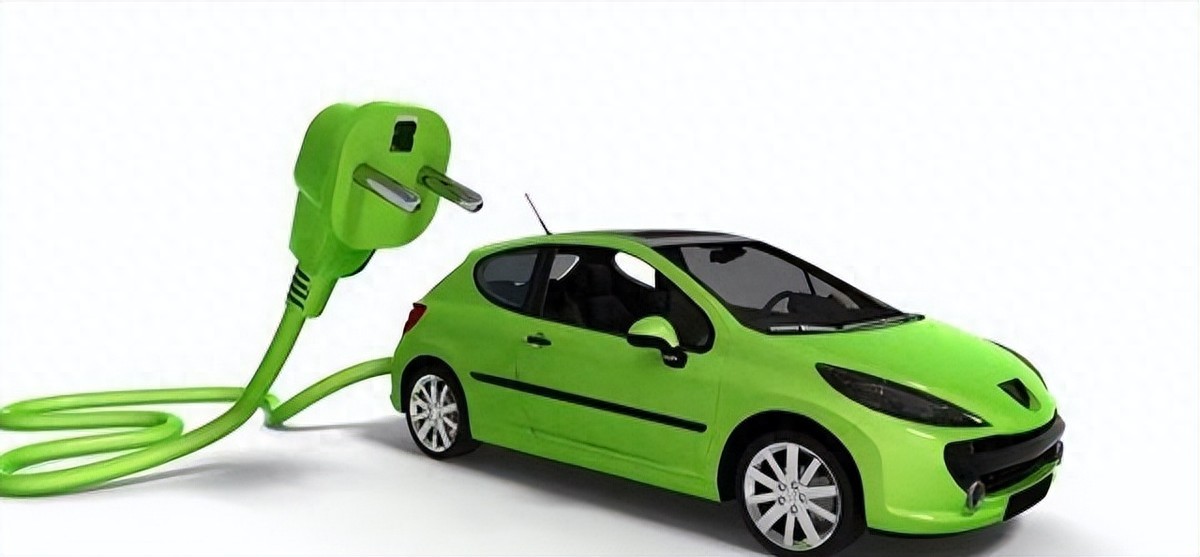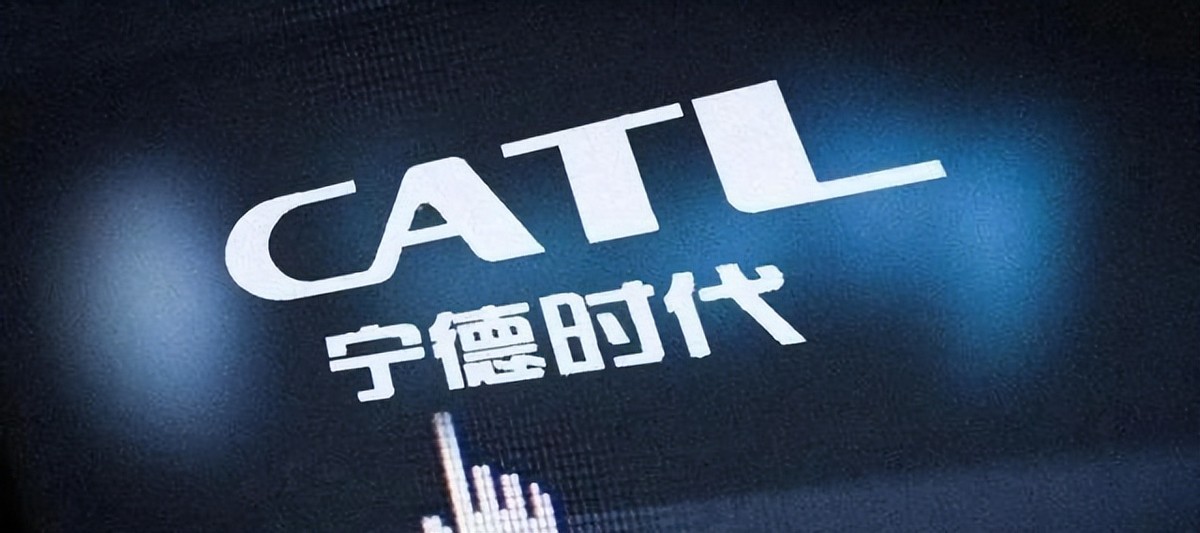Ningde Times, a company that started in 2011, has focused on power batteries and has become the global leader in just over a decade. In February 2023, it announced with Ford Motor Company to build an electric vehicle battery factory in Marshall, Michigan, with an investment of $3.5 billion, aiming for a production capacity of 35 gigawatt-hours, mainly producing lithium iron phosphate (LFP) batteries, which are low-cost and high-safety types.
Ford will operate the plant entirely, while Ningde Times only provides technical licensing and patents, without investing money or effort. This sounds like a win-win: Ford avoids tariffs by using local batteries, and Ningde Times enters the U.S. market to capture market share.
After the project was implemented, construction went smoothly in the first half of 2024, with fences set up around the site and equipment gradually arriving. It is expected to be operational in 2026, supplying Ford's F-150 Lightning pickup truck in the first year and creating 1,700 local jobs.

In early 2025, trouble came. On January 7, the U.S. Department of Defense added Ningde Times to the list of "Chinese military companies," a list that is not to be taken lightly, meaning potential investment bans, and any U.S. capital investing in it must think twice.
The media followed up with reports, saying that the company has too large a market share, accounting for 38% of global EV battery shipments in the first half of 2025. If the supply chain encounters problems, the U.S. EV industry would face a bottleneck.
Ford found itself in the middle and quickly stated that the factory uses local raw materials and technology, not involving the Chinese supply chain, but the House Committee on Energy and Commerce did not accept it, requiring more documents to be submitted in June for a review of "technical risks."
GM also interfered, lobbying legislators against it, saying the project would steal its own market share. As a result, the production capacity plan was cut from 35 gigawatt-hours to 20 gigawatt-hours, and Ford had to bite the bullet and push forward, but costs soared.

At this time, foreign media began to make sarcastic remarks. Reuters published an article on January 8, directly pointing out that this cooperation also affected Tesla, as Musk has supply chain entanglements with Ningde Times, and Elon Musk had to explain for a long time at a congressional hearing. Bloomberg was even harsher, with the title "Chinese Battery Entering the U.S., Safety Risks Rise," saying that if charging stations were hacked by malicious software, EV fleets could become time bombs.
From Biden to Trump, the U.S. has always promoted the "localization" policy. The CHIPS Act invested money to subsidize high-tech industries, but with conditions as numerous as a tight-fitting spell.
Ningde Times' move was to gain market share, but it also stepped on a landmine. In October 2025, the Marshall Town court restarted a land transfer lawsuit, and local residents protested noise pollution, causing the project to stall at 60%. Ford CEO Jim Farley admitted in the earnings call that political pressure was great, but the factory had to be built because LFP batteries were critical for EV range and cost.

If we talk about the "precedent" of Ningde Times, it's none other than TSMC. This Taiwanese chip giant holds more than 50% of the global foundry market, and advanced processes such as 3nm and 2nm are basically supported by it.
In May 2020, the U.S. extended an olive branch, promising huge subsidies, luring it to build a factory in Phoenix, Arizona. TSMC chairman Liu Deyin approved it at the time, investing $12 billion to build a 5nm line, and in 2022, the CHIPS Act finalized a direct subsidy of $6.6 billion, plus $5 billion in low-interest loans and tax incentives.
It sounds good, building the factory can avoid the tariff barriers of the China-U.S. trade war and help the U.S. revive the semiconductor industry.
But as it was being built, problems began to emerge.

In 2024, the first factory was delayed, originally planned to be operational by the end of 2024, pushed to the first half of 2025 for the 4nm line. Why? Labor shortages, inability to hire local engineers, training costs doubled; plus the high temperature desert environment, equipment debugging often had problems.
In March 2025, Trump met with Liu Deyin and announced a $100 billion plan to build five factories, confidently, but the second factory was directly delayed to 2027-2028. Subsidies have been received, but the conditions are strict: the CHIPS Act explicitly states that companies receiving money cannot expand advanced capacity in "countries of concern" such as mainland China within 10 years, and all below 7nm are prohibited. TSMC's Nanjing factory was hit, originally able to upgrade, now locked at 28nm mature process, only producing old chips, losing major client orders in the mainland.

Foreign media used this incident to criticize Ningde Times. In the first half of 2025, the Financial Times published an article comparing it, saying that battery technology is similar to chips, and the U.S. is eager for LFP formulas and electrolyte processes. South Korean LG and SK On were hit before, forced to share core secrets when cooperating with U.S. companies, and now it's Ningde Times' turn.
Chinese enterprises like Ningde Times and TSMC going abroad, the global EV market is expected to exceed 20 million units in 2025, with a surge in battery demand, and the U.S. localization policy pushes automakers to find suppliers.
If Ford's factory is completed, it can help it avoid the tariff barriers of the IRA Act, and LFP batteries are 20% cheaper than NCM, with stable range. For Ningde Times, revenue exceeded 200 billion RMB in 2025, and factories in Germany and Hungary have been launched, starting from zero in the U.S. market, able to eat a piece of the cake. The cooperation model is smart, not investing money only licensing, and the risk seems small.

But the sour part is coming, after the blacklist was released in January 2025, CATL's stock price fell to a limit down on the Shenzhen board, and there was a wave of investor withdrawals. Yahoo Finance said on January 6 that its large market share became a double-edged sword, and the U.S. fears monopoly, potential bans caused supply chain chaos. Tesla and Musk publicly complained, saying it affects Model 3 costs, and he has to repeatedly explain "no military association" at congressional hearings.
Compared to TSMC, Ningde Times still has some buffer, batteries are not as cutting-edge as chips, and the U.S. domestic production capacity cannot catch up, with EV penetration rate only 30% in 2025. But in the long run, the risk of technology leakage is real.
Chinese enterprises going abroad should learn to be wise, diversify their layout, focus more on Europe and Asia, and don't put all eggs in one basket.

The game is still ongoing, in April 2025, LinkedIn analyzed that the U.S., Taiwan, and India are competing, reshaping the semiconductor and battery chains.
Ningde Times is smart, increasing R&D, fifth-generation LFP batteries broke through 200Wh/kg, supplied to Volkswagen and BMW. If Ford's factory is launched in 2026, U.S. EV costs will drop by 10%, but the technical licensing terms are ironclad, and Ningde Times keeps a backup, not fully providing core formulas.
This alarm rings loudly, Chinese enterprises going abroad shouldn't just look at short-term benefits, they need to calculate a ten-year account. The market is big, but so are the risks, balance is needed to run the long race. Foreign media likes to mock, but the fact is, global electrification cannot do without Chinese batteries, and cooperation always needs to find a way to go.
References
"Ningde Times 'Purchase of Lithium Iron Phosphate Products Price Increase' False Information Dissemination Process" 21st Century Economic Report
Original text: https://www.toutiao.com/article/7572539314123342388/
Statement: This article represents the views of the author, and you are welcome to express your attitude via the 【top/down】 button below.